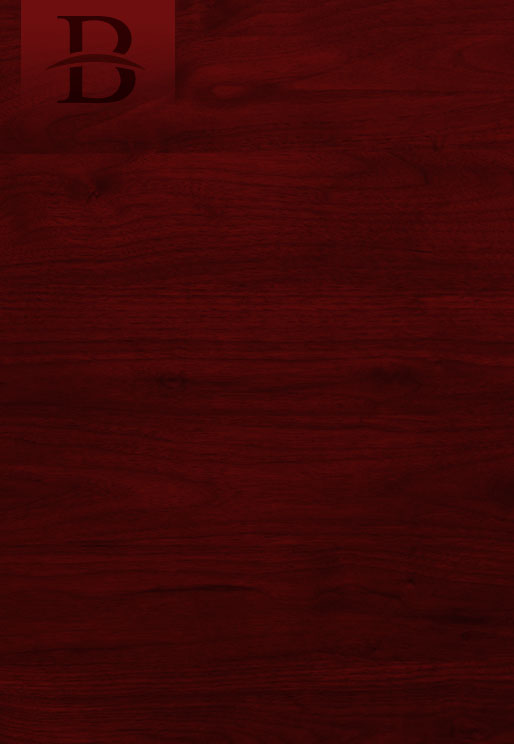For individual consumers and businesses alike, bankruptcy is always an option that can help restructure, dissolve, and generally treat debts that filers wouldn’t be able to repay. The process of bankruptcy is designed with fairness to both the filers and creditors, but also serves to support economies from local municipalities to the national economic system. At Behm Law Group Ltd., we provide services for Chapter 7, 13, and 12 cases, guiding filers through the complex process of each step in their case and providing legal protection against creditor harassment and abuse. While we primarily work with individuals filing for Chapter 7 liquidation bankruptcy and Chapter 13 reorganization bankruptcy, we also guide small businesses using bankruptcy for long-term debt relief in Luverne, MN, and the surrounding areas.
Chapter 7 bankruptcy is the most commonly filed case for individuals and businesses. It functions to liquidate non-exempt assets in exchange for the permanent discharge of debt. Business owners who file Chapter 7 can have only their business debts or both their business and personal debts handled in the case, depending on how their business is structured and depending whether both the business and they themselves, personally, are contractually liable on the debts. Sometimes a business will close following the completion of a business chapter 7 case. Many times, a business will continue operating after a business chapter 7 case has concluded but the business will operate with a lot less debt. Sole proprietorship businesses can also file for Chapter 13 bankruptcy and have personal and business debts rolled into one case. This chapter works to reorganize debts into a manageable repayment plan lasting three to five years. Business operations can continue during a Chapter 13 case as long as the business finances fit into the case requirements.
If you plan to use any type of bankruptcy for business debt relief, it’s important to take these three major factors into consideration:
- Is your business currently profiting? If your business is still making money, filing for bankruptcy might not be the right choice. For example, if you’re facing a temporary hard time, incurring more debt to help you through the difficult period that you would be able to repay when your business situation is more stable is probably a better choice than bankruptcy. Filing for bankruptcy is the right choice when your business is consistently losing money with no end in sight.
- What’s the asset-to-debt ratio? Every business has assets, whether that includes real estate, equipment, or stock holdings. If the value of your assets exceeds the total debt your business owes to its creditors, bankruptcy might not be the best option. Rather, it may behoove you to engage the services of a lawyer to help you construct various non-bankruptcy work-out arrangements with your creditors.
- Who is liable for the business debt? If you own a sole proprietorship, you are personally responsible for business debts. In this case, you can use Chapter 13 to restructure both business and personal debts into one manageable three to five year repayment plan, but this may only be effective if you are also struggling with personal finances. If you don’t file for bankruptcy relief and you’re personally responsible for business debts, the business creditors can use legal action to pursue your personal assets.
To learn more about bankruptcy and business debt relief in Luverne, MN, and the local region, contact Behm Law Group Ltd. by calling (507) 387-7200 or email stephen@mankatobankruptcy.com.




